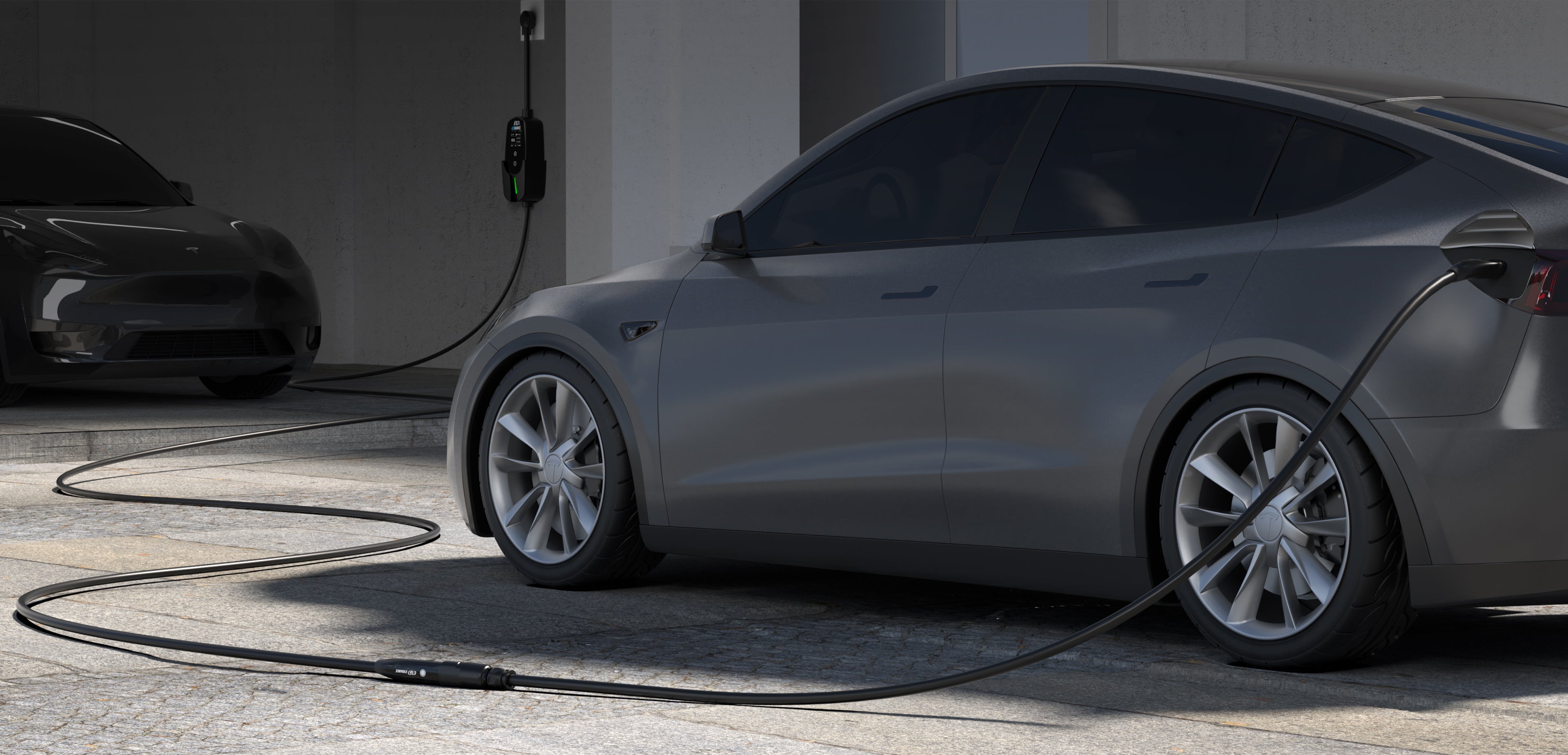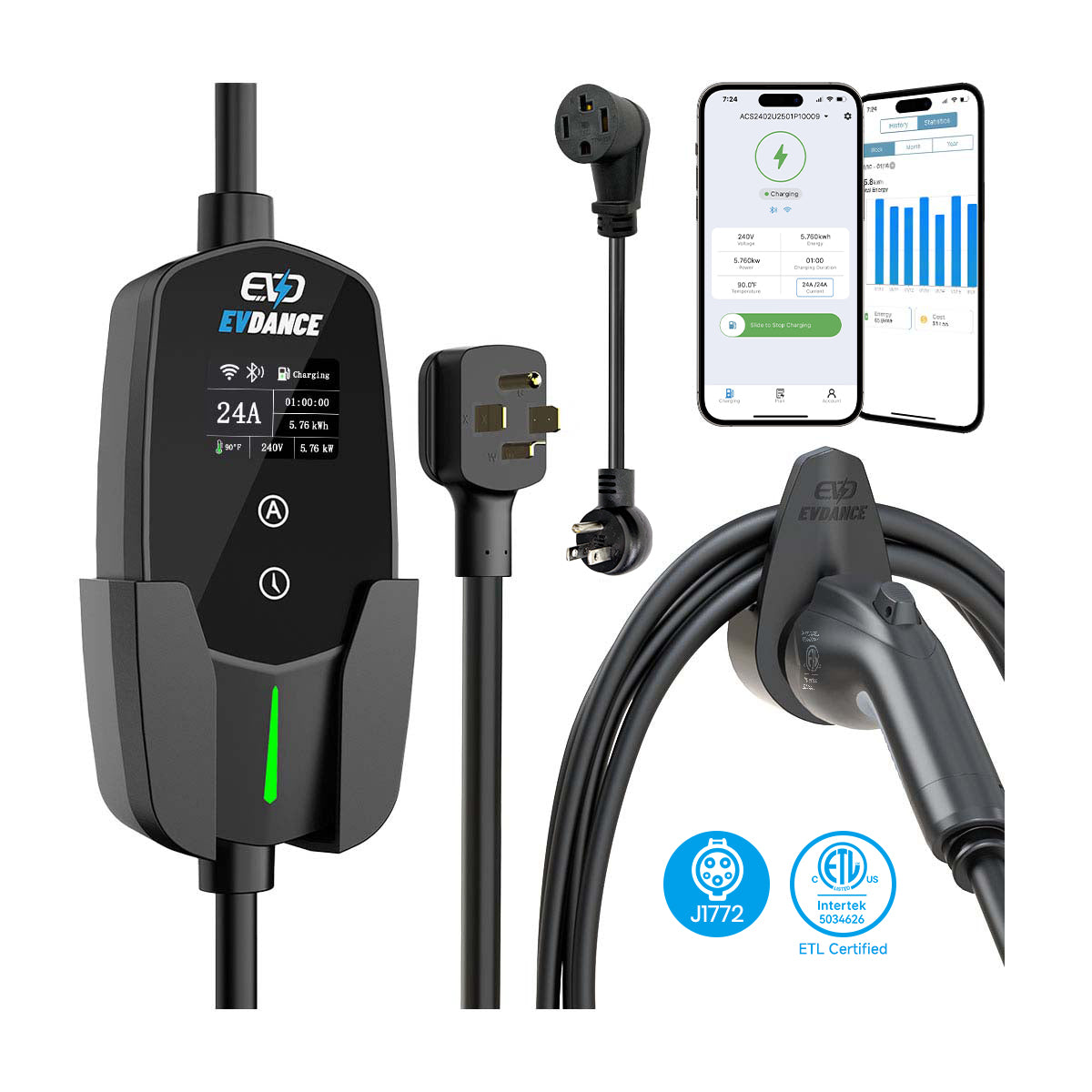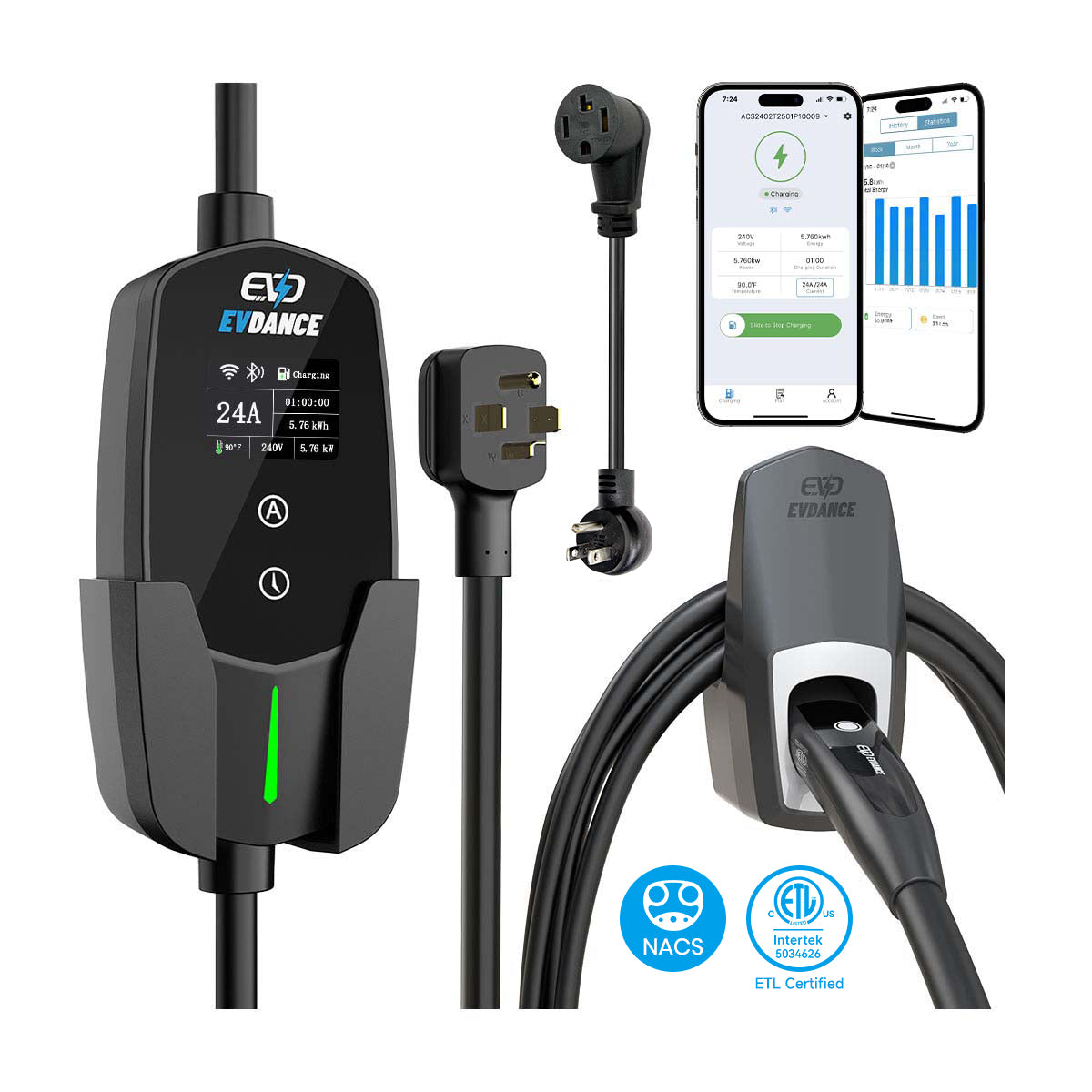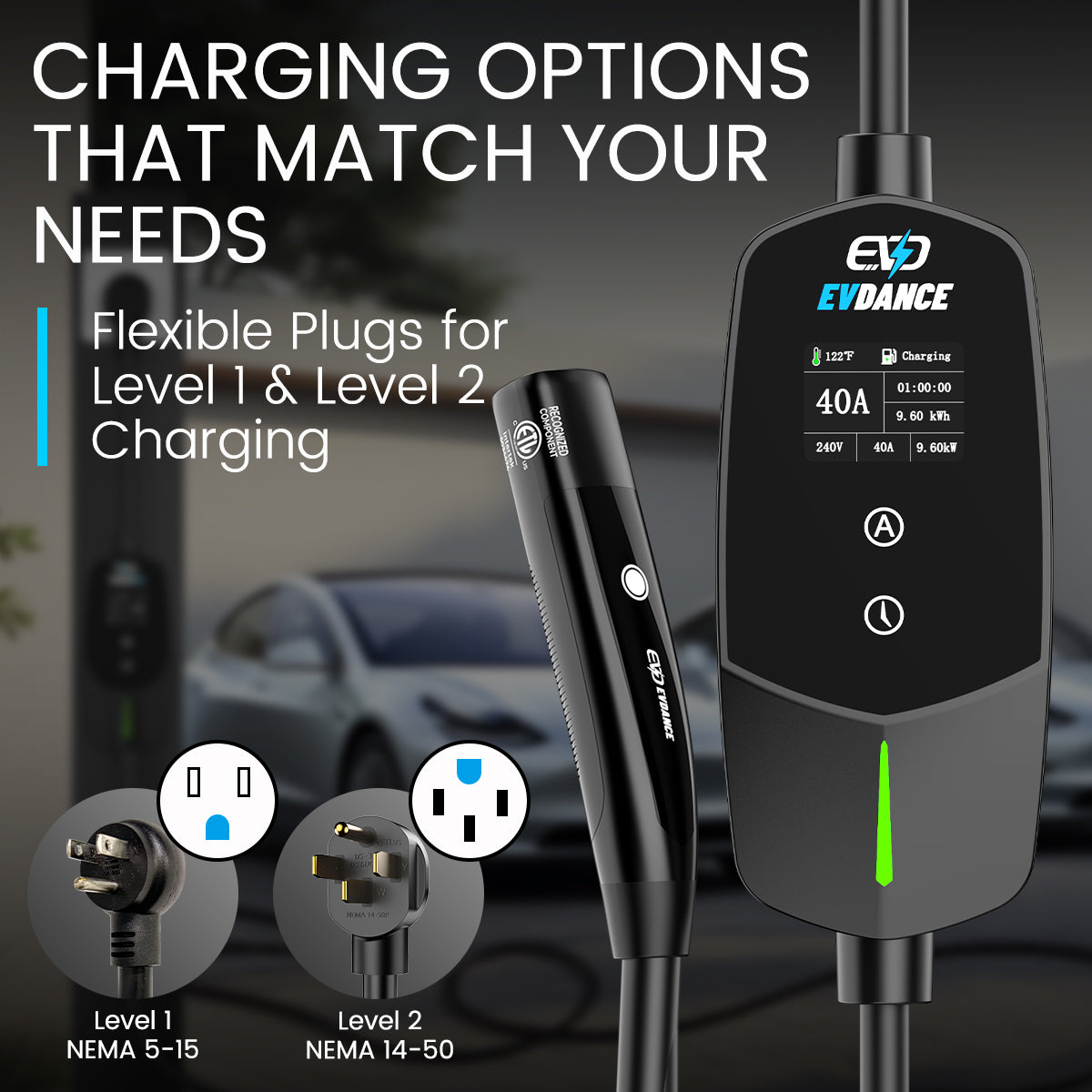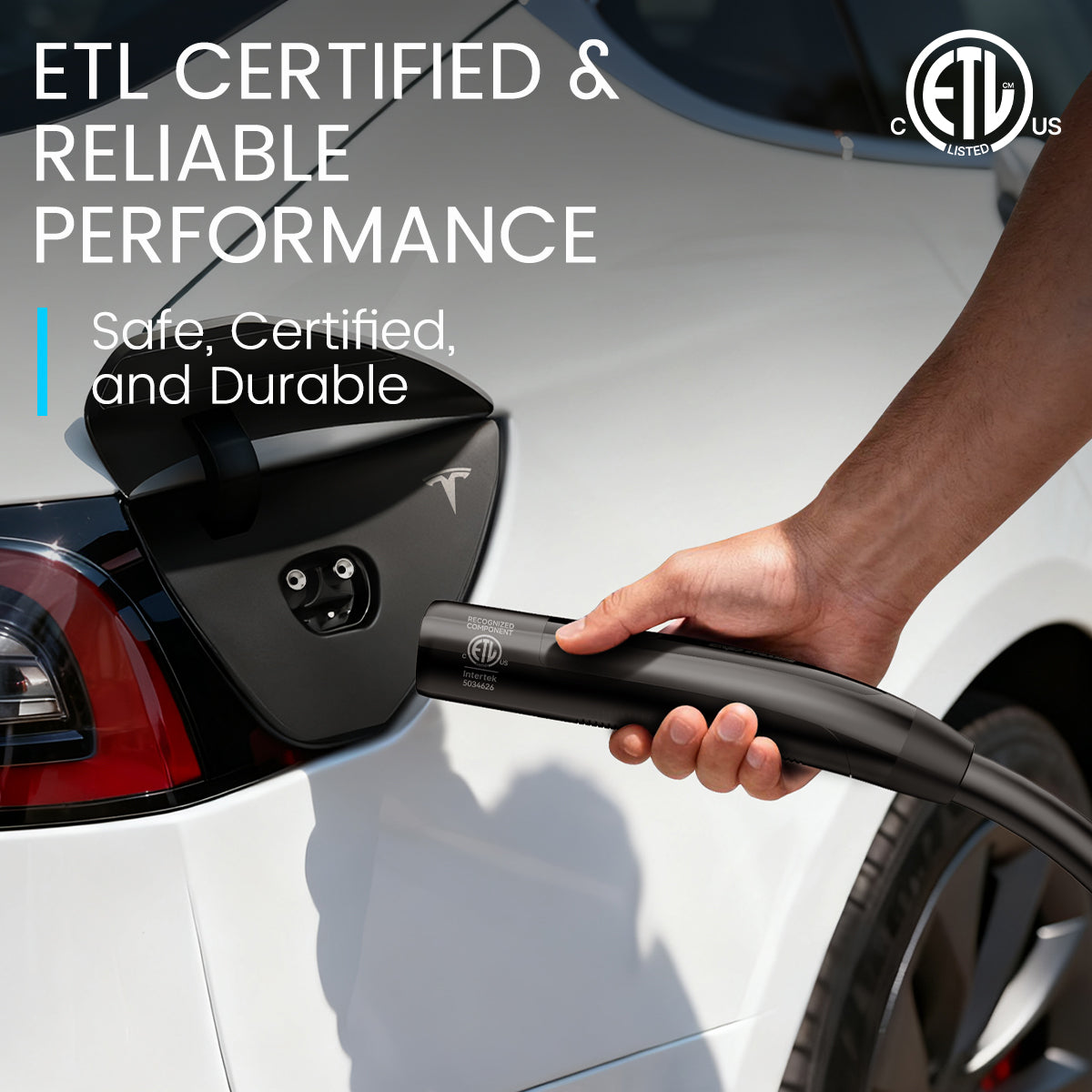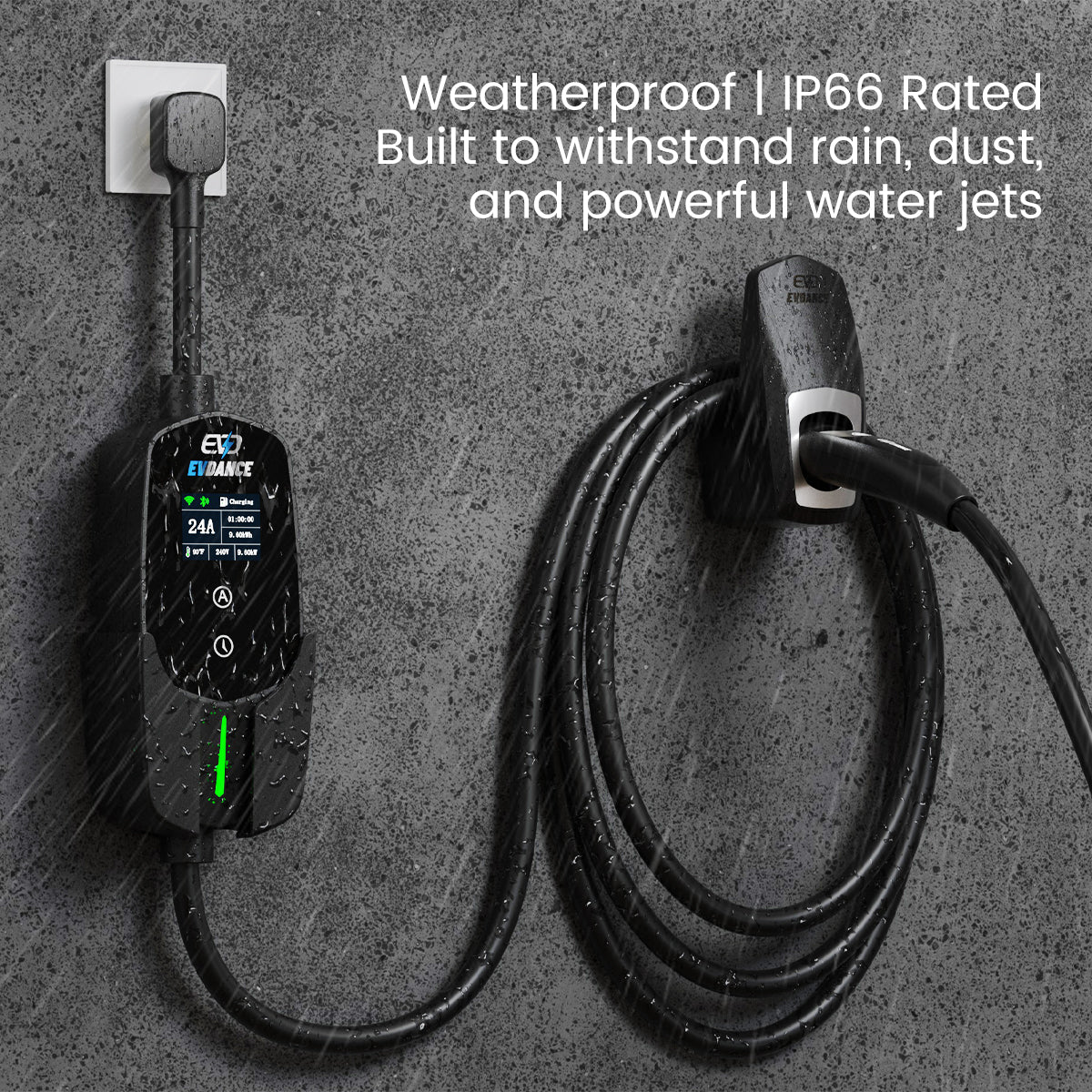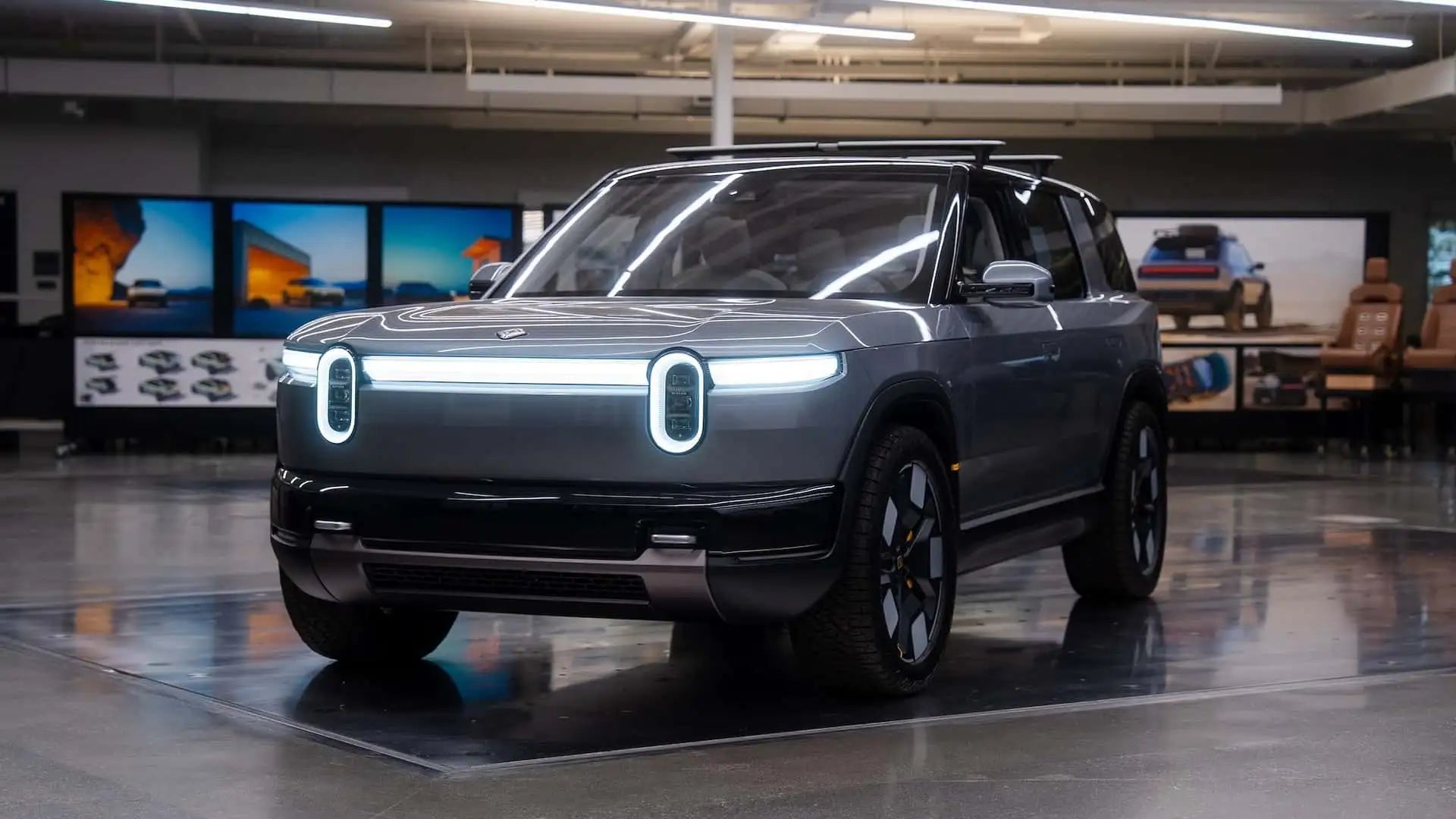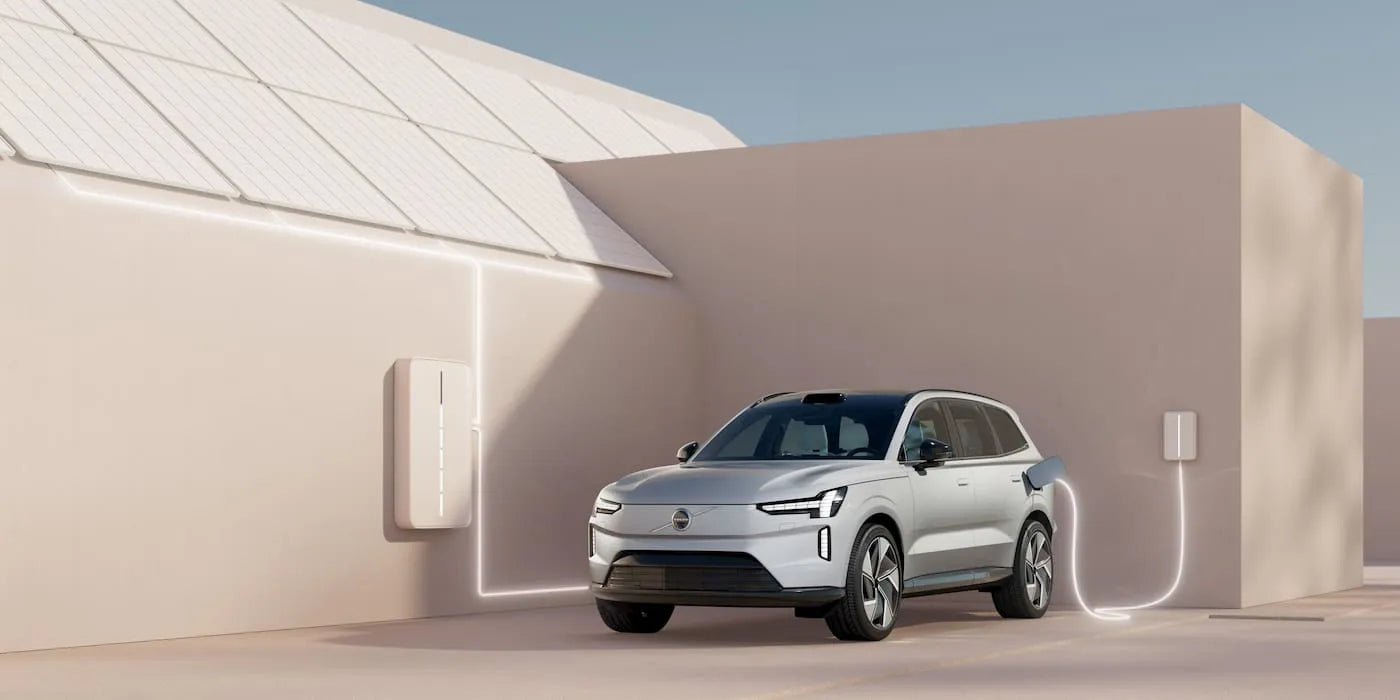FAQ
Qu'est-ce qu'une prise NEMA 14-30 et comment est-elle utilisée pour la recharge des véhicules électriques ?
La prise NEMA 14-30 est une prise 240 V à 4 broches, conçue à l'origine pour les sèche-linge électriques. Elle comprend deux phases, un neutre et une terre , ce qui la rend plus sûre et conforme aux normes pour la recharge des véhicules électriques que les anciennes prises à 3 broches. Associée à un chargeur de niveau 2, elle peut fournir jusqu'à 24 ampères , soit une autonomie supplémentaire d'environ 32 à 40 km/h .
La norme NEMA 14-30 est-elle adaptée à la recharge des véhicules électriques à domicile ?
Oui, la prise NEMA 14-30 est idéale pour la recharge de véhicules électriques à domicile . On la trouve couramment dans les buanderies et les garages, et elle prend en charge la recharge de niveau 2 à 240 V. Grâce à sa connexion à la terre , elle est conforme aux normes de sécurité NEC et constitue une excellente alternative aux chargeurs filaires ou aux prises NEMA 14-50.
Quels véhicules électriques sont compatibles avec les chargeurs NEMA 14-30 ?
Tous les principaux véhicules électriques, y compris Tesla (avec adaptateur), Nissan Leaf, Ford Mustang Mach-E, Rivian, Chevy Bolt, Hyundai Ioniq et d'autres, prennent en charge la charge CA de niveau 2 via NEMA 14-30 lorsqu'ils sont associés à un chargeur compatible.
À quelle vitesse un chargeur EV NEMA 14-30 peut-il charger mon véhicule ?
Une prise NEMA 14-30 peut fournir jusqu'à 5,76 kW (240 V × 24 A), ce qui offre généralement une autonomie de 20 à 25 miles par heure , selon l'efficacité de votre véhicule et le chargeur embarqué.
La norme NEMA 14-30 est-elle meilleure que la norme NEMA 10-30 pour la recharge des véhicules électriques ?
Oui, la norme NEMA 14-30 est supérieure car elle inclut un fil de terre dédié , offrant une sécurité accrue et une conformité aux normes actuelles du Code national de l'électricité (NEC) . C'est le choix recommandé pour les nouvelles installations ou la modernisation d'une ancienne prise.
Puis-je charger une Tesla avec une prise NEMA 14-30 ?
Oui. Les véhicules Tesla peuvent être rechargés sur une prise NEMA 14-30 grâce à l' adaptateur NEMA 14-30 Gen 2 avec connecteur mobile , ou via un chargeur de véhicule électrique de niveau 2 tiers équipé de la prise NEMA 14-30. Comptez environ 32 km d'autonomie par heure de charge.
Ai-je besoin d’un permis pour installer une prise NEMA 14-30 pour la recharge de véhicules électriques ?
Dans la plupart des juridictions, oui. L'installation d'une prise de 240 V comme la NEMA 14-30 nécessite généralement un permis et une inspection pour garantir la conformité au code électrique et la sécurité . L'installation doit être confiée à un électricien agréé.
Quelle est la différence entre NEMA 14-30 et NEMA 14-50 ?
Bien que toutes deux soient des prises 240 V à 4 broches, la NEMA 14-30 est conçue pour 30 ampères , tandis que la NEMA 14-50 supporte 50 ampères . Pour la plupart des utilisateurs de véhicules électriques, la 14-30 est suffisante et plus économique, notamment pour la recharge de nuit. La 14-50 offre une charge plus rapide, mais nécessite un câblage plus lourd et un disjoncteur plus puissant.
Existe-t-il des chargeurs EV portables avec des options de prise NEMA 14-30 ?
Oui. Les chargeurs portables EVDANCE de niveau 2 sont équipés d'une prise NEMA 14-30 , ce qui les rend parfaits pour une utilisation à domicile ou en voyage. Des marques populaires comme EVDANCE, Lectron, Grizzl-E, Mustart et Emporia proposent des modèles avec ce type de prise.
Une prise NEMA 14-30 prend-elle en charge les fonctionnalités de charge intelligente des véhicules électriques ?
La prise elle-même n'offre pas de fonctionnalités intelligentes, mais associée à un équipement d'alimentation pour véhicule électrique (EVSE) intelligent , vous pouvez profiter de la programmation, du contrôle par application Wi-Fi/Bluetooth, de l'équilibrage de charge et de la surveillance de la consommation d'énergie. Assurez-vous de choisir un chargeur certifié UL et compatible avec l'application .
Prise NEMA 14-50 : une solution d'alimentation polyvalente pour la recharge des véhicules électriques et bien plus encore
La prise NEMA 14-50 , largement reconnue comme une prise de courant de 50 ampères , est un élément fondamental des systèmes électriques résidentiels américains depuis des décennies. Conçue à l'origine pour les appareils de cuisine à forte consommation tels que les cuisinières, les fours et les poêles électriques, cette prise robuste a été conçue pour fournir une alimentation stable et de grande capacité, ce qui la rend idéale pour les appareils consommant beaucoup de courant sur des périodes prolongées.
Avec l'adoption rapide des véhicules électriques (VE) et le besoin croissant de solutions de recharge à domicile , la norme NEMA 14-50 a trouvé une nouvelle utilité. Sa capacité à fournir jusqu'à 240 volts à 50 ampères en fait une interface idéale pour la recharge de niveau 2 des VE , offrant une vitesse nettement supérieure à celle des prises domestiques standard de 120 V. Les propriétaires de VE peuvent recharger leur véhicule pendant la nuit, gagnant ainsi souvent de 40 à 56 km/h d'autonomie , selon le modèle et le chargeur embarqué.
Contrairement à certains connecteurs propriétaires, le NEMA 14-50 est compatible avec de nombreux systèmes de recharge pour véhicules électriques, notamment Tesla (via un adaptateur), Nissan Leaf, Chevrolet Bolt, etc. Sa conception à quatre broches , comprenant deux fils de phase, un neutre et une terre, garantit une connexion plus sûre et plus stable, aussi bien pour les appareils anciens que pour les véhicules électriques modernes. Cette polyvalence fait du NEMA 14-50 non seulement une solution traditionnelle, mais aussi une prise de courant d'avenir, qui comble le fossé entre les besoins énergétiques des ménages traditionnels et les technologies de transport de nouvelle génération.
Que ce soit pour la construction de maisons neuves ou l'installation de bornes de recharge pour véhicules électriques, les électriciens recommandent de plus en plus la norme NEMA 14-50, car elle offre un excellent rapport qualité-prix et de hautes performances . Que vous cuisiniez une dinde ou que vous rechargez votre véhicule électrique pendant la nuit, cette prise prouve son utilité durable à l'ère de l'électrification.
Qu'est-ce qu'une prise NEMA 14-50 ?
Une prise NEMA 14-50 est une prise électrique robuste conçue pour une alimentation de 240 V jusqu'à 50 A. Elle est dotée de quatre broches :
- Deux fils chauds pour fournir les 240 volts.
- Un fil neutre pour compléter le circuit et stabiliser la tension.
- Un fil de terre pour diriger le courant de défaut en toute sécurité dans la terre.
Cette configuration prend en charge des charges électriques puissantes et continues, ce qui en fait une option fiable pour la recharge de véhicules électriques à domicile, ainsi que pour les utilisations traditionnelles telles que l'alimentation de fours, de cuisinières et de camping-cars.
Pourquoi utiliser un NEMA 14-50 pour la recharge des véhicules électriques ?
Avec l'essor de la mobilité électrique, la norme NEMA 14-50 est devenue une solution incontournable pour la recharge de niveau 2 des véhicules électriques à domicile. Ses avantages incluent :
- Charge rapide : fournit jusqu'à 9,6 kW , soit environ 25 à 30 miles d'autonomie par heure selon le véhicule.
- Large compatibilité : fonctionne avec de nombreux véhicules électriques, notamment la Tesla Model 3, la Nissan Leaf, la Chevrolet Volt et la Ford Mustang Mach-E .
- Installation pratique : nécessite moins de modifications que les connecteurs muraux câblés et est plus facile à déplacer ou à remplacer.
Considérations relatives à l'installation et à la sécurité
Pour utiliser en toute sécurité une prise NEMA 14-50 pour la recharge de véhicules électriques ou d'autres applications haute puissance, les conditions suivantes doivent être remplies :
- Circuit dédié de 50 A : la prise doit être connectée à un disjoncteur dédié de 50 A , avec des conducteurs correctement calibrés.
- Installation professionnelle : tous les travaux doivent être effectués par un électricien agréé conformément au NEC et aux codes du bâtiment locaux .
- Mise à la terre et utilisation du neutre : Le fil neutre doit uniquement renvoyer le courant, et non véhiculer du courant inutilisé. Une mise à la terre adéquate réduit les risques de décharge électrique.
- Connexion sécurisée : l’utilisation d’une prise verrouillable ou bien ajustée minimise les déconnexions accidentelles et maintient une connexion électrique stable.
Lorsqu'il est installé correctement, le NEMA 14-50 offre une solution sûre et efficace pour la recharge quotidienne des véhicules électriques.
Articles de blog
New Generation of EVs Set to Reshape Global Competition in 2026
Western automakers are launching advanced 800-volt, software-defined EVs in 2026 to challenge China’s current dominance in performance, charging, and pricing, setting the stage for the most competitive EV showdown yet.
Rivian Sees Fully Driverless Capability Before 2030, CEO Says
Rivian CEO RJ Scaringe says fully driverless capability could arrive before 2030, detailing a roadmap from hands-off driving to point-to-point autonomy and eventually vehicles operating without occupants.




